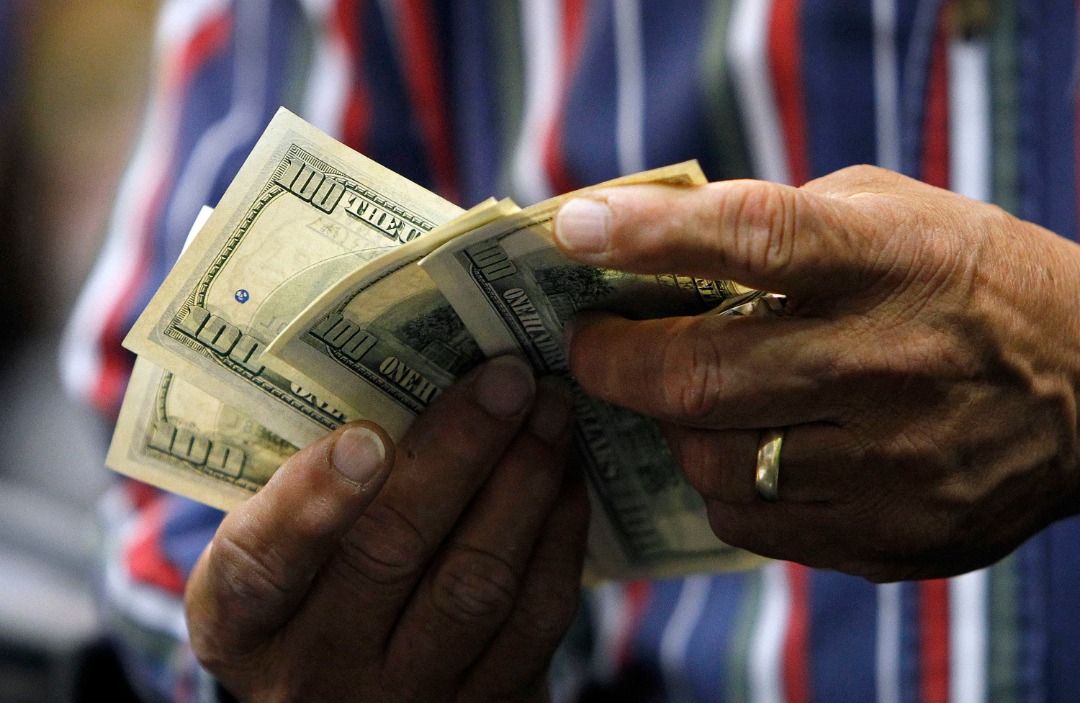With mortgage rates at record lows, it’s no wonder many Americans are refinancing their homes.
Add to that the coronavirus pandemic and the economic recession, and the need to find extra cash or to cut expenses becomes even greater. In fact, refinance applications are 74% higher than a year ago, according to the Mortgage Bankers Association.
“We are telling everybody who has a loan over 4% to consider refinancing, if they still have income,” said Winnie Sun, president and founder of Irvine, California-based Sun Group Wealth Partners.
That’s just what a relative of mine did. My 62-year-old uncle recently closed on refinancing the home he shares with his wife in Morris County, New Jersey. The couple took their interest rate down to 3.25% from 4.75% for a 30-year fixed mortgage.
While they can now save about $500 a month on their mortgage payment, the couple opted to add $350 each month in order to pay the loan off in 20 years, which is what was left on their previous mortgage. They still have an extra $150 a month in their pockets and have the flexibility to pay the minimum if they need the extra money for any reason.
The decision to take the 30-year fixed loan is a smart one, since the monthly payments on a 15-year mortgage is higher, said Sun, a member of the CNBC Financial Advisor Council.
While her clients get excited about the low rates and contemplate a 15-year fixed mortgage, Sun suggests stashing the extra money saved on those monthly payments into an emergency fund in case someone loses their job or the pandemic lasts longer than expected. If they are able, they can pay more each month to bring down the principal, but have the option to cut back, if needed.
“We are in very unprecedented times and because most Americans don’t have emergency funds and half of Americans are out of work, it’s important to be realistic about money,” Sun said.
So how do you know if it is the right time to refinance your home?
“If you can reduce your interest rate by a half or three-quarters of a point, it is worth looking into refinancing,” said Greg McBride, chief financial analyst at Bankrate.com.
However, “it may not pan out in all those instances.”
Determine your break even point
First, consider how long it will take you to earn back the cost of refinancing your home through your monthly savings. Then, look at how that timetable matches your future plans of staying in the home.
“If you can break even in two years and you have no intention of moving anytime soon, then you have the green light,” McBride said.
Get the best rate
The current rate for a 30-year fixed refinance rate is 3.34%, according to Bankrate.com.
Yet that doesn’t necessarily mean you’ll get that rate.
“You have to have good credit,” McBride said. “You have to have a debt ratio that is in line and you have to have sufficient income.”
Rates can also vary from lender to lender, so be sure to shop around. Start with your current lender, since your information is already on file. It may expedite the qualification process and possibly save you money, he said. Then, seek out other competitive quotes.
You may also find that your existing mortgage company will match a lower rate if you have it in an email from the competitor, Sun suggested.
Watch closing costs
Another factor to consider is if you can afford closing costs, which generally include the application fee, title fee, title search, title insurance and appraisal fee. It typically costs 2% to 6% of your loan amount to refinance, according to LendingTree.
Some refis can be done without any upfront closing costs, but the interest rate usually is higher since the costs are financed into the home, Bankrate reports.
Again, shop around since fees can vary.
“Often the best way to assess the true cost of that loan is to look at the annualized percentage rate,” McBride said.
“It is reflective not only of the interest rate, but the fees that are charged in connection with getting that loan.”
You may also get lower fees if you stay with your existing lender. Jeremy Crawford, an attorney who rents an apartment in New York, is currently refinancing his vacation home in Florida and only had to pay a $500 application fee.
He bought the house, which he plans to use as his retirement home, in January and had an already low 3.75% rate. Crawford was able to reduce it to 3%. He’ll close on July 17 and will save $167 a month.
“I do not have a 401(k) or retirement plan, so I’ve always been working to try to get some residual income,” the 42-year-old said.
It’s also not the first time Crawford has refinanced. He also owns an investment property in North Carolina, which he bought as a foreclosure in 2008. He did a cash-out refinance about two months ago, which many banks have temporarily stopped doing right now.
Crawford brought his rate down to 3.5% from 4.5% and walked away with about $65,000 in cash. He used a chunk of that money to buy a car and do upgrades to his Florida home, including a pool.
Now he’s looking to start that retirement account.
“I’m going to open up a 401(k) this year,” he said. “I opened an E-Trade account for the first time this year.
“All this stuff I was afraid to do because I wanted extra money in my pocket.”
Source: cnbc





